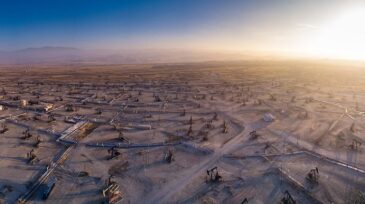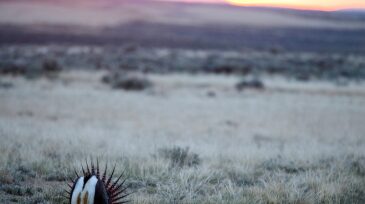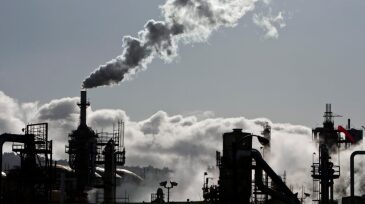Environment
The Norwegian Ministry of Energy has approved the Phase 2 expansion, which is expected to increase carbon dioxide storage capacity from 1.5 million tonnes to 5 million tonnes.
DNV’s carbon capture and storage outlook forecasts a massive shortfall in the projects necessary to help the world reach net-zero emissions by 2050.
Buoy-based camera footage, analyzed by artificial intelligence, can help reduce the risk of birds colliding with offshore wind farm turbines.
-
The US House’s subcommittee on Energy and Water Development and Related Agencies recently heard testimony on the Department of Energy’s role in addressing climate change.
-
New research links a rise in seismic activity in West Texas with increased oil and gas development over the past 20 years and, in particular, the past decade.
-
Across the West, thousands of oil and gas wells sit idle on federal lands, and many are orphaned with the companies that drilled them now defunct. These orphaned wells can pose environmental and safety hazards, but, as critics note, the Bureau of Land Management does not have a good way of tracking
-
Methane emissions from California garbage dumps far surpass emissions from oil fields, according to a NASA survey.
-
New Mexico released data on excess greenhouse emissions from oil and gas operations to keep the public informed of the problem, as the state continues to develop stricter policies to regulate air pollution from the industry and other sources.
-
A federal judge on 16 October blocked the Trump administration’s plan to ease protections for an iconic bird that makes its home on millions of acres of oil- and gas-rich sagebrush lands, dealing a blow to government efforts to allow more drilling, mining, and logging in the west.
-
The energy major said it plans to reduce emission intensity by 5–10% for upstream oil production and by 2–5% for upstream gas.
-
Ireland’s decision to end fossil fuel exploration, which was announced by Taoiseach Leo Varadkar at the recent UN climate summit, means the republic is among the first countries in the world to get out of oil and gas production.
-
Large-scale investment in carbon capture and methane-emission reduction tops the agenda of the Oil and Gas Carbon Initiative, an organization led by chief executives of several major oil and gas companies.
-
The Department of the Interior issued the final environmental study for its plan to open up drilling in the Arctic National Wildlife Refuge, reportedly putting the government on track to sell oil and gas leases there later this year.













